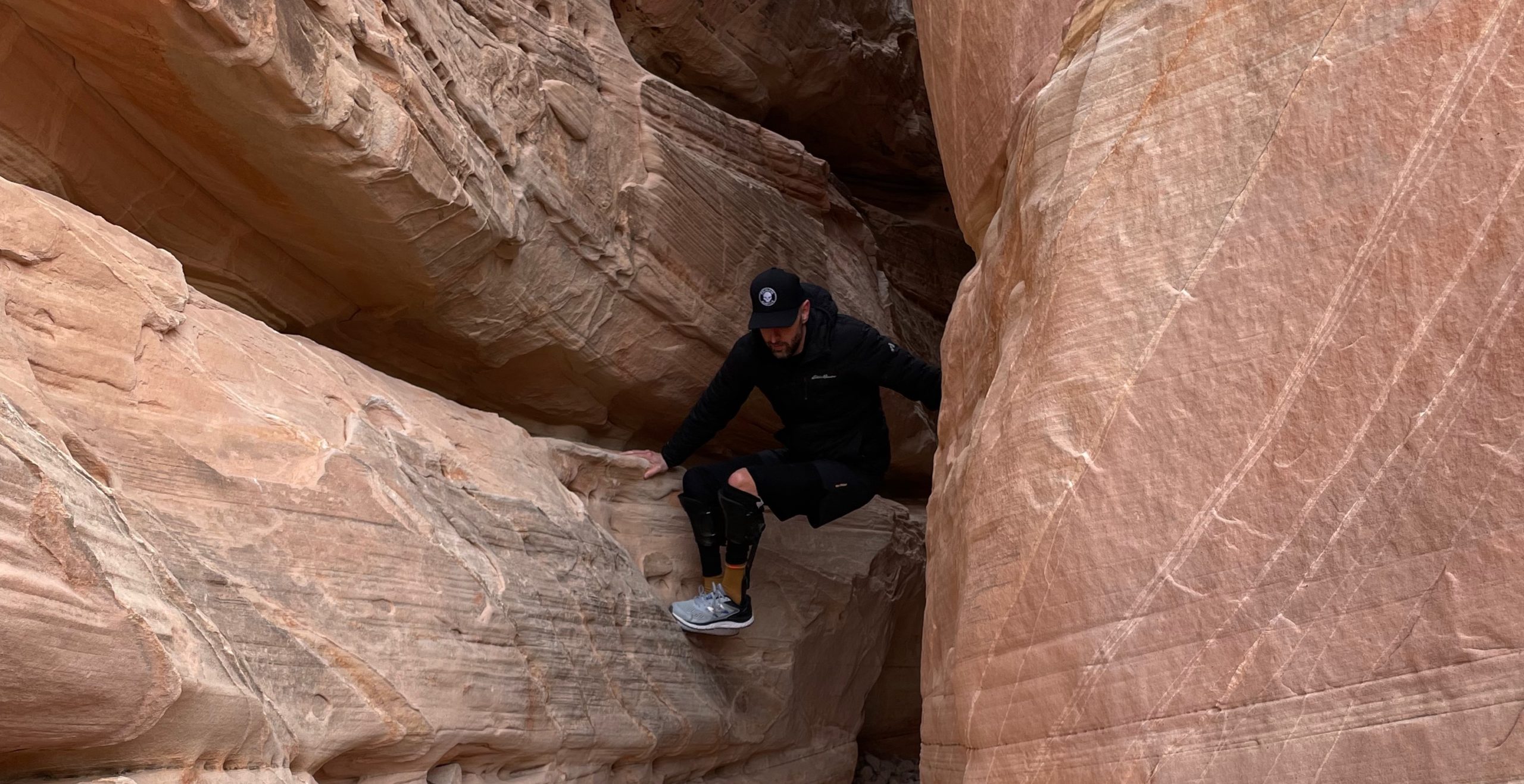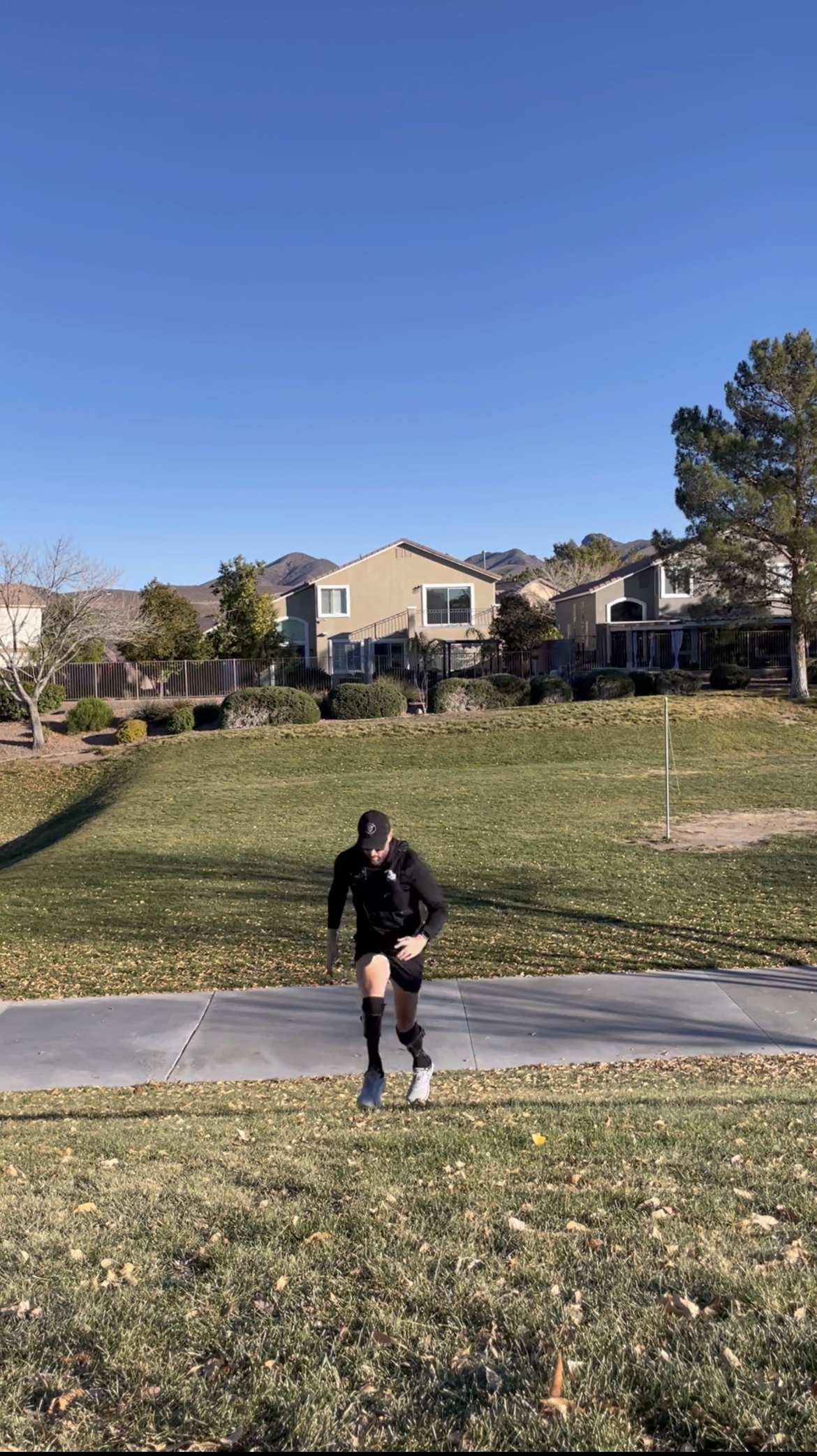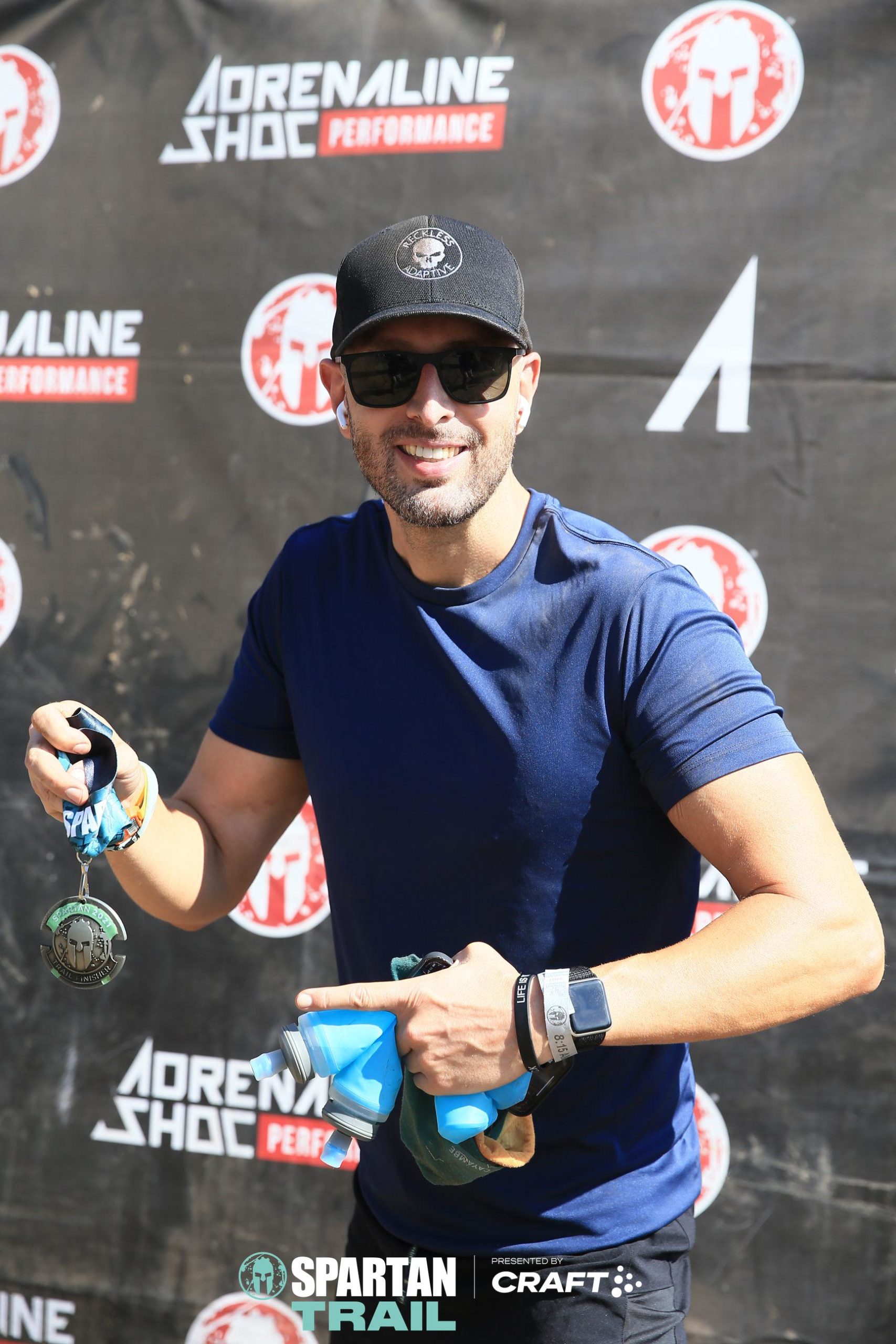My Adaptive Athlete Workout – Jan 2022
My Current Adaptive Workout

My adaptive athlete workouts change all the time.
My goal in each workout is to adapt my body to do something physically hard and receive the rewards of improved ability and better health. This is my current workout as of January 2022.
Adaptive Athlete Background
I have bilateral clubfoot. This especially impacts my lower limbs, most notably knee down. I wear dynamic AFOs made by Cornerstone using Fabtech PDE technology. These devices allow me to train longer and more frequently because they offload a portion of the impact to my feet.
I don’t like movements that could more easily cause damage to the adaptive athlete, this especially includes a lot of the movements found in crossfit and powerlifting. I also find bodybuilding super boring and adding non-functional mass to my frame is a negative. No hate on anyone that enjoys the movements I don’t like, we’re all different. I used to be a gym rat like many of you. Also, I am not training for a race so I am currently training for health and fun.
How I adapt my movements is accepting that sometimes the juice isn't worth the squeeze for many lower limb movements. You won't see me squatting, deadlifting, or similar movements. The risk isn't worth the reward. It's like a single arm athlete continuing to do moderately heavy or very heavy overhead presses, you got one arm, preserve your health and make gains with safer movements. Avoid trainers that suggest otherwise. I've been around this game for decades and I've seen the end result for these athletes.
I am lucky that I have good dynamic AFOs. Prior to AFOs, I needed to adapt in every aspect of lower limb movements. The AFOs make life much easier, but AFOs do present challenges such as,
- AFOs add around 3-5 pounds on each leg.
- Balancing is a challenge and these devices will toss you backwards when going up any sort of hill. Turning quickly is difficult because the device makes a rigid nearly neutral foot.
- Activating the strut is a learning curve. Like a prosthetic leg, it does take a bit of power to get the strut activated and offloading.
- Your shins need conditioning. The way the AFO works is by offloading pressure on the foot. The modular PDE spring, aka strut, transfers your weight into the strut and cuff. The cuff sits below the knee and sends impact to your shin when you move, thus your shin will get sore overtime, especially if you have really skinny legs like me.
Workout Frequency
I train 4-7 days per week depending on my health. Some weeks I feel like a machine, other weeks, I feel really beat up. Below I provide two groups of workouts to choose from for each week and hiking. Please note, I provide affiliate links to some of the workout equipment I use. If you purchase from my links I may receive a commission that I put towards hosting fees, etc. I use and love the training equipment I list. Much appreciation.
Adaptive Athlete Workouts
Group One: I Choose either workout A or B and do one of these workouts 2-3 times per week. I mix it up, so if I did A on Monday then I'll do B on Wednesday.
- Workout A: Running hills, sand bag carries and pullups for 70-90 minutes. I use a 50lbs sandbag and alternate the style of carries from overhead, on shoulders and holding sandbag against my stomach. For hill running, I run hills from 5-15 yards in length around 5-10 times each set. I alternate between hills, carries and pull-ups. I also may throw in some random movements.
- Workout B: Running hills, sprints, burpees and slam ball for 60-70 minutes once per week. Again, I alternate between movements.
Equipment I use for these two workouts include Salomon Running Vest, Apple Watch, Sandbag, Slam Ball, bars for pull-ups (soccer goal and homemade).
Group Two: I choose between workout C, D, E or F and do one of these workouts three times per week. I don't repeat the same workout that week because I get easily bored.
- Workout C: Lifting weights and cycling/eliptical/rowing at the gym. I use lighter weights and go for higher reps. For instance, I do a barbell shoulder press using 85lbs and go for 25 reps or whatever. Movements I enjoy are dips, pullups, farmer’s carries, shoulder press and shrugs. I dislike being indoors so I minimize gym time.
- Workout D: Cycling at home on a Wahoo Kickr for 60-90 minutes.
- Workout E: Random cross training workout like Nickels and Dimes where I do as many rounds of 5 pullups and 10 pushups with a 30 seconds rest in between for 30 minutes. Lots of choices here.
- Workout F: I hit the streets and run. Generally running a 5k. I am currently not training for distance. I have a lot of nagging stuff.
Equipment I use include a Salomon Running Vest, Apple Watch, Wahoo Kickr.
I hike at least once per week. Hiking workouts are my long days. This is where I try to get elevation and move at a pace where my heart rate is between 110 to 148 bpms (random numbers I know). While hiking, I may do a lot of scrambling so my entire body is getting work. On average, I hike at elevations of 2,000 feet to 10,000 feet.
Equipment I use include Salomon Running Vest or Osprey Talon 22 and an Apple Watch.
Here is the equipment in one group. Click to purchase. The rest of the equipment I use is at a gym or I make myself.
Hit me up via email or social media if you have any questions about my adaptive athlete workout. I am currently not into personal training, but I love exchanging ideas.









Scott: I had no idea you traine this much and figured out your own routines. I liked the way you reduced stress to adapt for your own body. Thanks for sharing this with me.